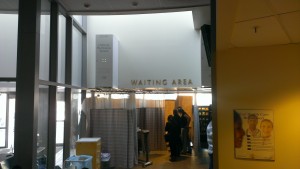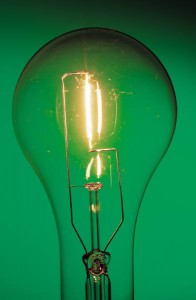Early Success!
We tried a nurse-physician team with 3 stretchers in our old (empty) waiting room. We did not change our old process; just added a parallel process out front.
An RN met all ambulatory arrivals at the front door for a quick look as before (pre-triage). Ambulance patients came in through a separate process. We ran the parallel RN-MD trial from 10:00 – 13:00.
Process
Patient arrives to see an RN screener/sorter/pre-triage.
Patient directed to an RN-MD team with 3 beds in the waiting room.
Patient sent to registration.
Patient sent home or to appropriate clinical area.
If RN-MD process overwhelmed, patient sent to traditional triage.
At any point, patient sent to acute room as indicated.
Results for 3 hour trial:
30 ambulatory patients seen (less than average volumes?)
Time to see MD = 0 minutes for 27 patients (< 3 minutes from RN screener).
3 patients direct to acute room by RN screener.
5 patients (17%) seen and discharged home by the MD-RN team
3 exam spots added (6% additional capacity) at ZERO cost.
0 left without being seen
0 patients required traditional triage
Reflection
We identified a number of things to improve for our relaunch next week.
Staff who had strongly opposed the trial turned optimistic.
As a team, we had become overly anxious to try new things after a major change ‘failed’ in 2012 (we tried something for 2 1/2 days that didn’t work as hoped). We got a boost today.
We’ll share process detail and performance data as we gain more experience.
Have you tried something like this? Share your thoughts by clicking on Leave a Reply or # replies below.


